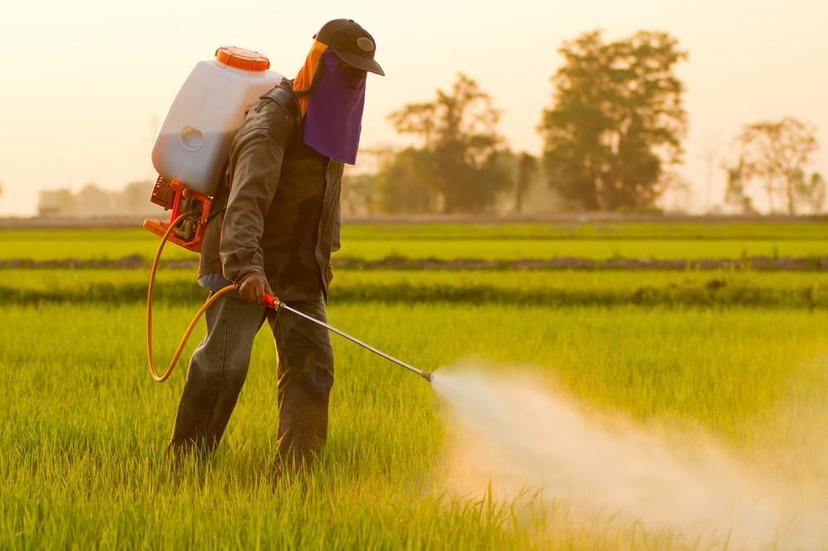Refining Polar Ionic Pesticide Analysis Using the QuPPe Method
Stuart Adams, Fera Science Limited UK, discusses the use of IC to analyze polar pesticides at NACRW 2016.
3 Jan 2017

Stuart Adams, Fera Science Limited UK, discusses the use of IC to analyze polar pesticides at NACRW 2016.
The method shows good sensitivity and selectivity.
Stuart Adams Fera Science Limited UK
Fera Science Limited UK was established in 2015 from the Food and Environment Research Agency, with the aim of developing food chain sustainability. In this presentation, filmed during NACRW 2016, Stuart Adams discusses the use of Ion Exchange Chromatography to analyze polar pesticides in food and beverages.
Polar pesticides remain an area of topical interest, explains Stuart during the presentation. He goes on to highlight the use of the generic Quick Polar Pesticide Extraction (QuPPe) method in the analysis of polar pesticides.
The QuPPe method, which was first developed by the EU Reference Laboratory, involves extraction using acidified methanol followed by analysis of polar pesticides in the extract using a number of different chromatographic approaches. Using the Thermo Scientific™ Dionex™ ICS-5000+ system, and the Thermo Scientific™ TSQ Quantiva™ Triple Quadrupole Mass Spectrometer, Stuart and his team were able to overcome the problems encountered with the more conventional LC separations recommended in the QuPPe method.
They found the approach brought a number of benefits. It enabled the multi-residue analysis of pesticides including glyphosate, fosetyl, ethephon, their metabolites, and alike, which because of analytical difficulties, have been monitored infrequently in the past. The multi-analyte capability of a single method also reduced the overall volumes of solvents required, eliminated the need for derivatization and compares very favorably with the multi-method approach in cost terms.
Stuart and his team have successfully validated the QuPPe-IC-MS/MS method for the analysis of thirteen polar ionic pesticides in two commodity groups. Stuart reports that the method shows good sensitivity and selectivity and the results are in compliance with the method validation criteria outlined in the EU SANTE guidelines.
